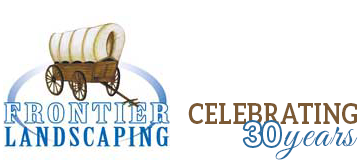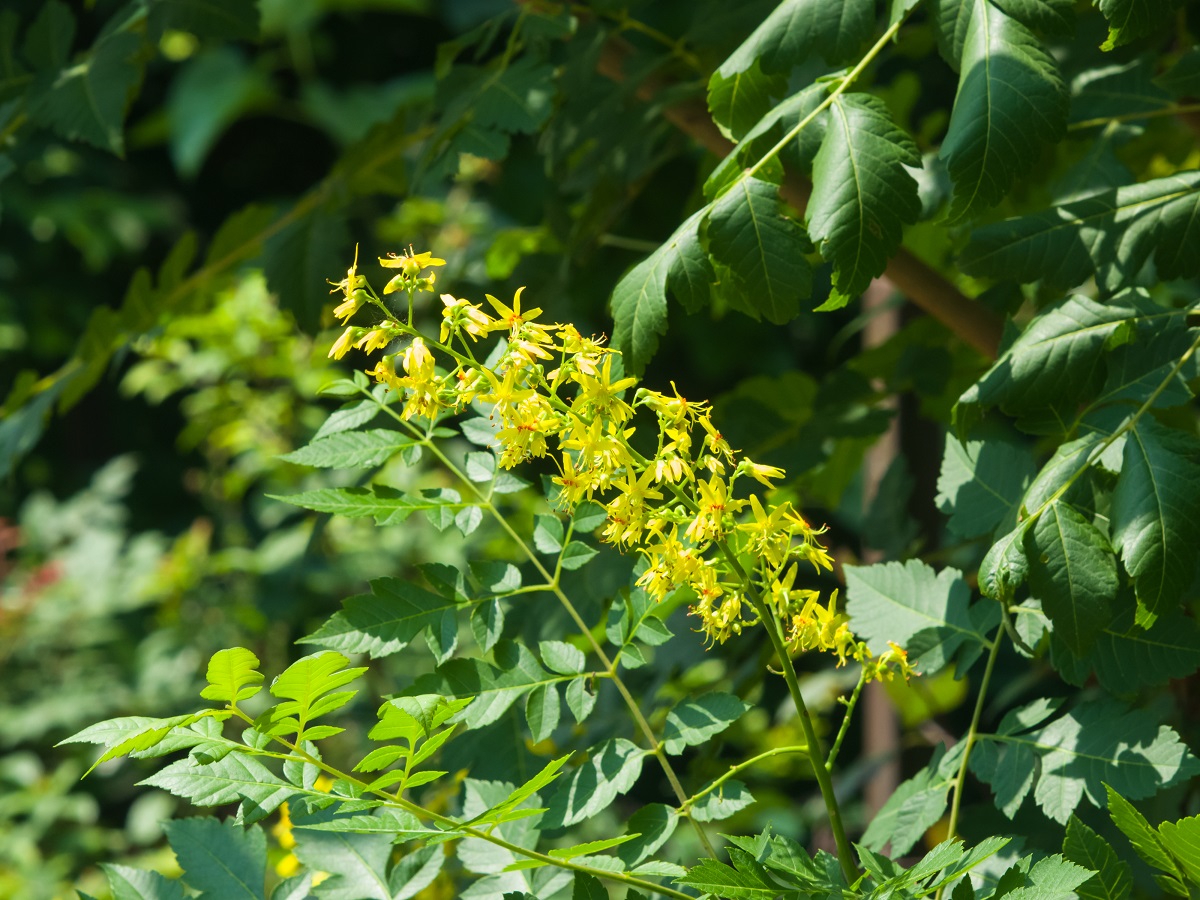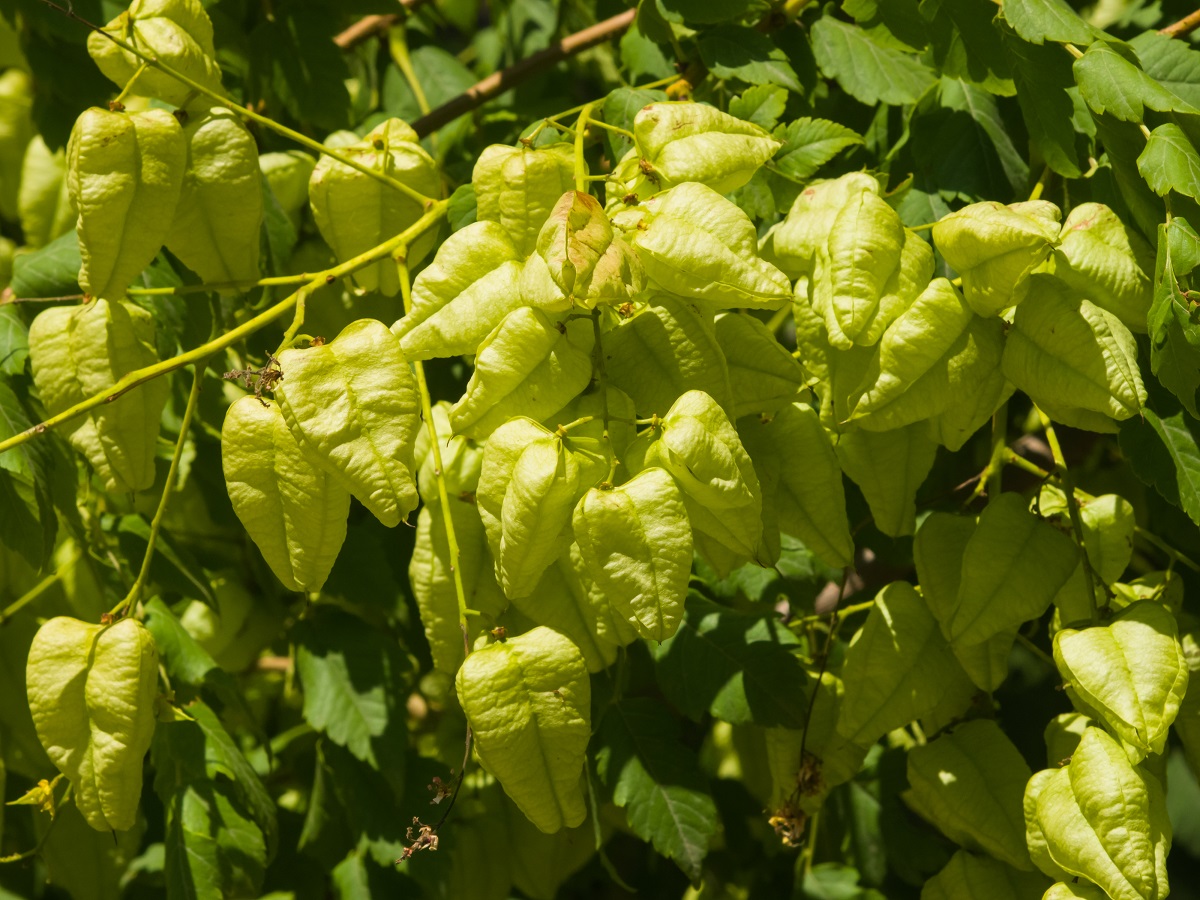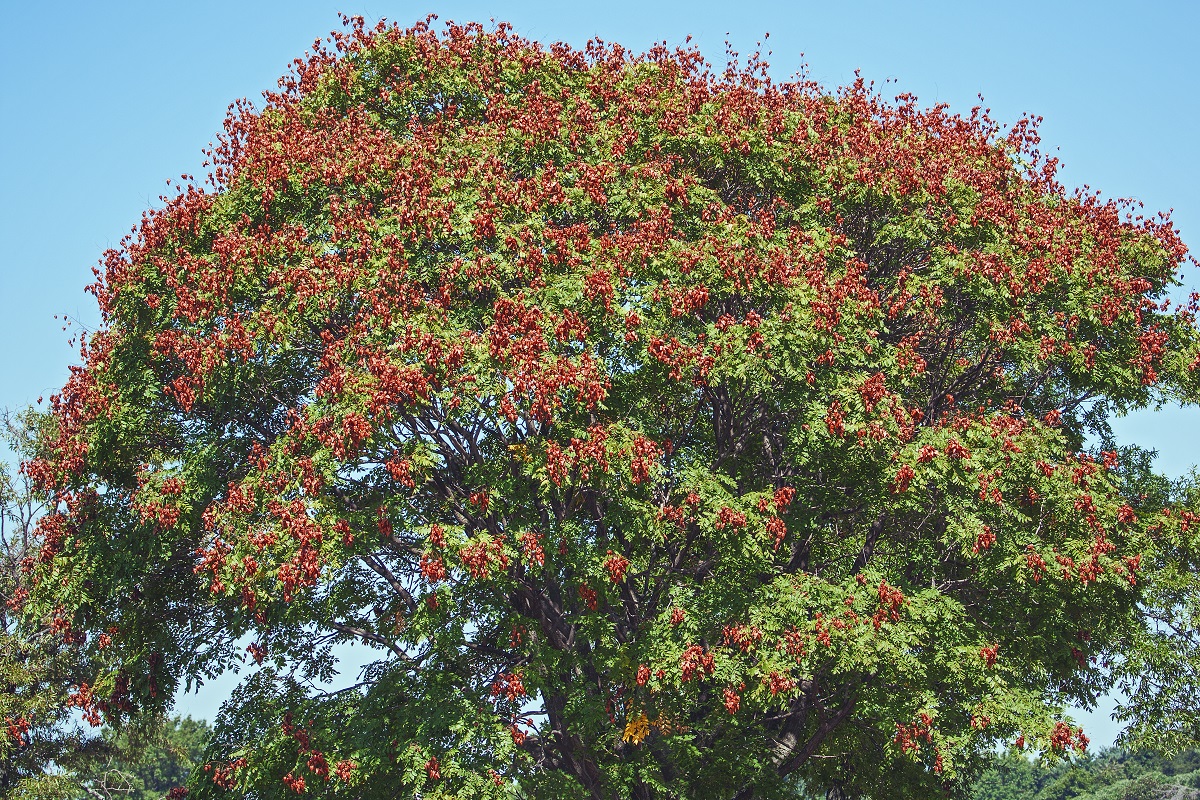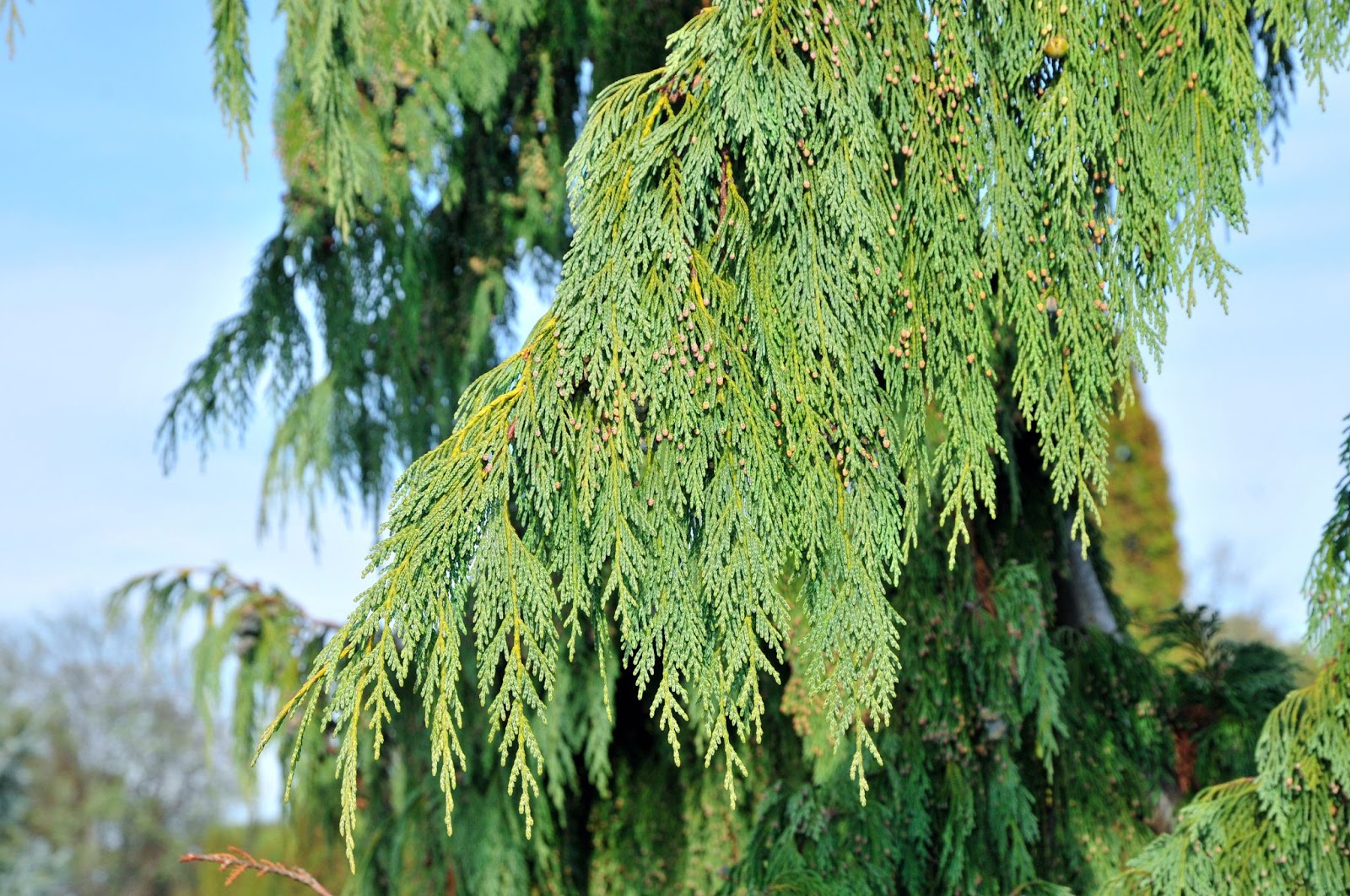Conifers for the Pacific Northwest Garden

The Pacific Northwest wouldn’t be what it is without the majestic conifers that drape our mountainsides, adorn our homes during the holidays, and give year-round structure within our gardens.
Conifers are the “bones” of the landscape, offering a variety of colors, shapes, and sizes. Need a screen or hedge to hide nuisances? Arborvitae. Want to add a waist-high shrub for the entrance to your walkway? Japanese Yew What city center is complete without a Blue Spruce?
Conifers, or trees and shrubs that bear cones, feature needle-like or scale-like leaves compared to their broadleaf counterparts (think maple leaf). Given the amount of rain the Pacific Northwest receives, conifers are very much at home and can grow much larger than elsewhere with less annual rainfall. (An important thing to consider when planting and designing with these plants).
There lies a misconception that conifers are all green. While they do offer the swath of greens, wide varieties express the total capacity of the rainbow from yellows (pines), blues (spruce), reds (sequoia), oranges (larch), and purples exist and are pretty popular.
Although most conifers are typically evergreen, a few deciduous plants exist among the ranks (Ex. larch, sequoia, and Bald Cypress).
The only limit to a design with conifers is one’s imagination. An entire landscape could be made using only coniferous trees and shrubs, and it could still rival a spring/summer annual and perennial bed with color and texture.
When designing conifers, the shape of the tree or shrub is something to consider. When thinking of an evergreen, the image of a pyramidal Christmas tree comes to mind. Conifers come in an array of shapes, ranging from a thin columnar form to a creeping form, hugging the ground or cascading off a wall. If space allows, consider a pyramidal specimen to draw attention at the center of a yard.
For the ambitious and for those who are comfortable with constant pruning to maintain the desired form, topiary is also an attractive option. Otherwise, conifers offer a low-maintenance, colorful, versatile, and dependable plant palette for design.
The size of your yard should be considered when selecting conifers. These plants can grow from 1 inch to more than a foot per year. The American Conifer Society has created a system to categorize the sizes of available conifers.
Evergreen conifers to consider for your garden include:
- Incense Cedar
- Alaskan Cedar
- Japanese umbrella Pine
- ‘Chief Joseph’ Lodgepole Pine
- Japanese Yew
- Sitka Spruce
Deciduous conifers to consider for your garden include:
- Western Larch
- Dawn Redwood
- Bald Cypress
